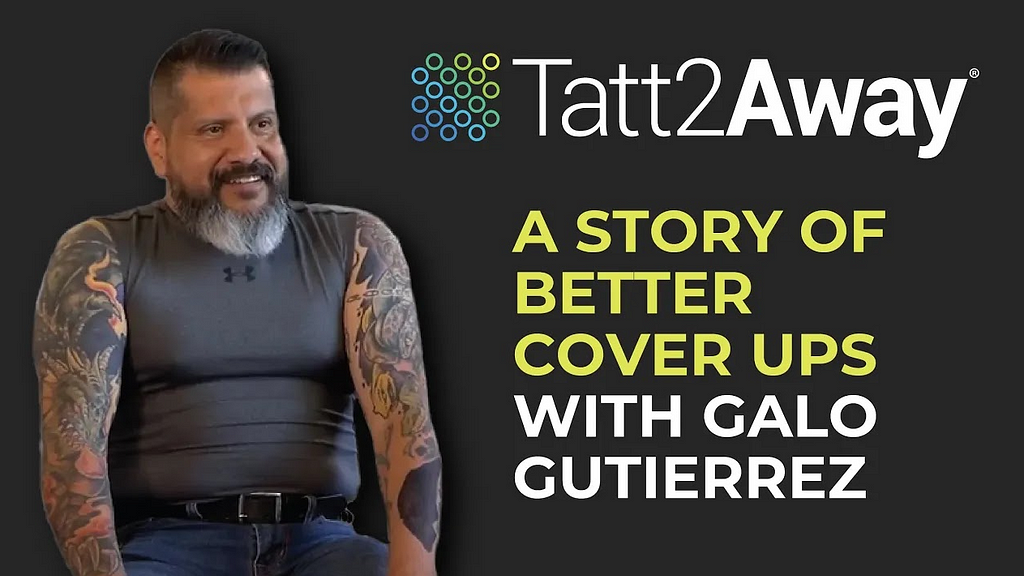Tattoo cover ups are their own art form
he best cover-ups incorporate the old underlying tattoo into a new design that is indistinguishable. Working an ex’s name into the antlers of an elk or changing a hate symbol into a geometric pattern may sound simple, but it’s rarely easy. Traditional cover-ups require the new tattoo to be larger, often 2–3 times larger, than the old one. The new colours must also be darker to overshadow the old ink. In the case of covering a black tattoo, even a layer of new black on top of the old can often fail to completely hide the old art. A careful look—or sometimes even a casual glance—can usually reveal the old tattoo once the new one has fully healed..
When you first come home with a new tattoo, the ink will be bright and sharply defined. The tattoo will look its best after a few days, once the redness has time to fade but the ink is still fresh. However, it doesn’t take long after that for the colour to start fading slightly, and the sharp line work may become a little fuzzy. There are a number of processes at work here.
The first thing that happens is losing the topmost ink
Tattooing machines place ink in both the dermis and epidermis layers of skin. Ink in the dermis is trapped by scar tissue, making tattoos permanent. But ink in the top layer, the epidermis, will be lost as skin cells in that layer are constantly migrating towards the surface and shed. While it doesn’t happen before your eyes, over the months, all tattoos fade slightly due to the natural behaviour of the epidermis.
There’s even more going on under the surface.
After a few years, some ink may have migrated to other parts of the body. Old ink often settles in the lymph nodes, detectable only by body scans like MRI machines. Some inks naturally oxidise or decay, causing them to change colours.
Some tattoos undergo a process called blowout. This happens when the ink is placed too deeply in the skin. If it reaches the layer of fat cells below the dermis, the ink spreads out and appears cloudy or blurry. Tattoos placed on areas where the skin is very thin, such as the hands and fingers, are especially vulnerable to blowout, but it can occur anywhere on the body.
Covering old tattoos must account for each of these natural skin processes.
The new tattoo must not go too deep, or it will cause blowout. The new ink will undergo the same fading and microscopic migration as the old ink. As a result, most cover-ups look great initially, but over time, the ink settles in such a way that the old tattoo may show through.
Traditional cover-ups must also account for whichever ink is darker being the one that remains visible. Much like colouring on paper with crayons, you can’t cover black or purple with white or yellow. Both pigments will coexist in the same layer of skin, and the darker one will overpower the lighter one. Some artists attempt to cover old ink with multiple layers of light ink, but even this technique usually fades over time, allowing the old design to become visible again.
So what do you do if you want to place a new tattoo on top of an old one?
A skilled cover-up artist can often create a new design that works with the old one, making it difficult for an untrained eye to notice the old tattoo. However, the best cover-up artists will recognise when a cover-up isn’t feasible. If your artist tells you, “I can give you an 8-ball, a black panther, or a solid black geometric shape,” it may be time to consider removal before revision.
Tatt2Away can work with an artist’s new design by removing the problem areas that would otherwise show through. Often, just one or two sessions are all that’s needed to clear enough ink to give the artist the freedom to place any new tattoo design they want.

How Tattoos Can Bleed Through Cover-ups was originally published in Tatt2Away on Medium, where people are continuing the conversation by highlighting and responding to this story.


